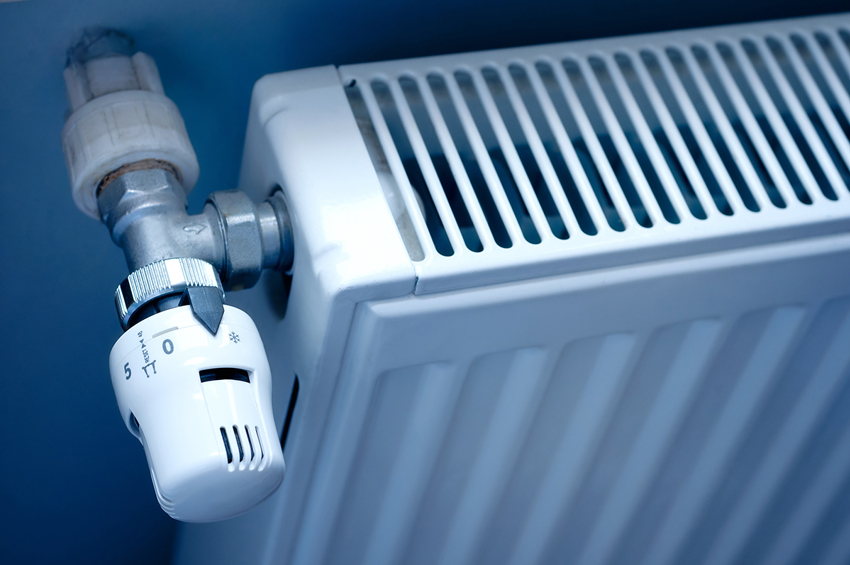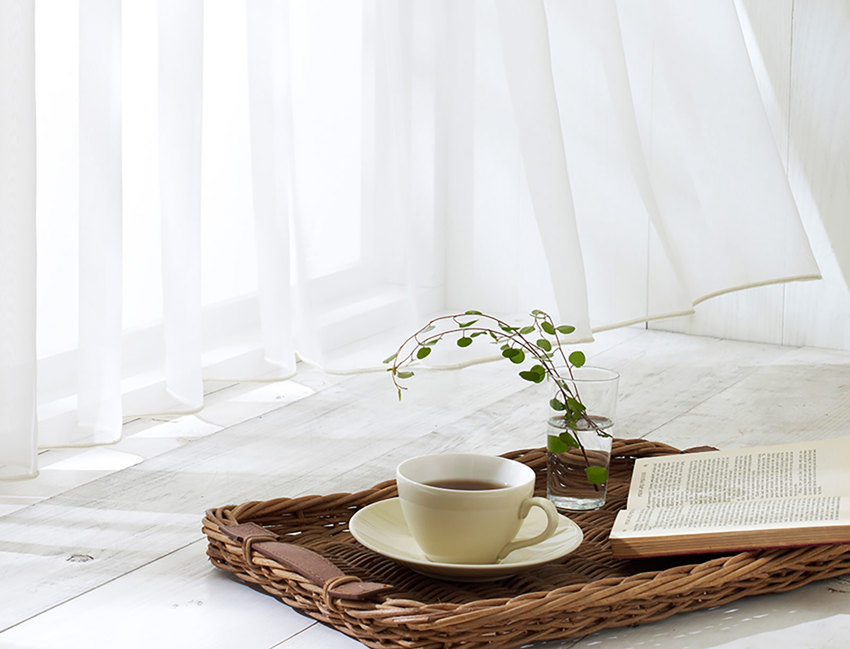Avoid problems with air velocity
Cold draughts
High air velocity and draught may, for instance, occur as a result of cold air flowing along windows. To counteract this, radiators are typically placed beneath windows. However, more recent, state-of-the-art windows have excellent U-values which means the temperature of the inside glas surface does not result in severe cold radiation. This also means that positioning radiators beneath windows is an obsolete practice, and alternative siting of space heaters may be considered.


The challenges increase in line with demand for cooling
The challenges of achieving a draught-free climate increase in line with increased demand for cooling. Cooling is provided via the supply air, room air cooled in a chilled beam or fan convector, or via cool planes like cold windows or radiation panels. In all of these cases, cooled air will be set in motion, which increases the risk of causing draughts. Making the most of the thermal inertia in the building and by keeping the level of required cooling as low as possible achieves the best conditions for a draught-free indoor climate.
There are several strategies for supplying a room with fresh air. The challenge lies in achieving the optimal air exchange while maximising the cooling effect without producing high air velocity in the occupied zone, i.e. where the occupants are.
With displacement ventilation, low-velocity air is introduced to the room at floor level. The slightly colder supply air spreads across the floor and rises where thermal loads are present. The idea is that the fresh supply air automatically ends up where it has most benefit. One challenge of displacement ventilation is that stratification in the room will be quite substantial, and it may be difficult to introduce supply air with more than a few degrees’ sub-temperature without inducing draughts along the floor.
Coandă effect
Mixing ventilation is widely used in the Nordic countries. With this method, the ventilation air is supplied at relatively high velocity parallel with the ceiling by the means of air diffusers or active chilled beams. The Coandă effect causes the air jet to cling to the ceiling without descending into the space, despite the supplied air being cooler and hence heavier than the room air. This in turn causes the supply air to mix with the room air and loose speed before reaching the occupied zone. If air velocity and temperature are low, the risk is that the Coandă effect cannot be maintained, thereby is the risk of draughts increased. This is an important factor when considering variable and demand controlled air flows. The challenge is to choose diffuser solutions that can create a draught-free climate over a large flow range.
Placement is important
When placing air diffusers, we need to bear in mind that the air supplied to the indoor environment mustn’t collide with lighting fixtures, pillars, air jets from other diffusers or similar which might forced the air down into the occupied zone. Multiple diffusers and beams make it possible to adjust the distribution pattern to avert the risk of collisions causing draughts. It may be difficult to achieve a draught-free climate throughout the occupied zone by simply adjusting the distribution pattern if large heating or cooling capacities are required. The solution is then to decide where in the room higher air velocity is allowed to arise. When avoiding high velocities in the zones where people work and instead concentrating high velocities to corridors and walkways, it is often possible to achieve an indoor climate perceived as draught-free. The problem of draught mainly occurs when people are seated in draught for some time, resulting in cooling of parts of the body. With fan convectors, solutions of motorised air deflectors might be used, which result in a distribution pattern that continuously moves in the space.

Air movement
It is somewhat difficult to predict the movement of air in a room. Heating loads and ventilation flows may interact and intensify air movement, or counteract each other and reduce air movement in an unpredicable way. In many cases, the movement of air in a space may be modified by reposition of furniture and heat loads. In spaces that require extremely high cooling capacity, the first factor to consider is whether the cooling requirement can be reduced, and if so, how. If it cannot be reduced, CFD analyses or full-scale tests may be performed. The following step is to consider alternative placements for ventilation products and heat loads. The aim is to design a solution that provides the best possible thermal comfort.